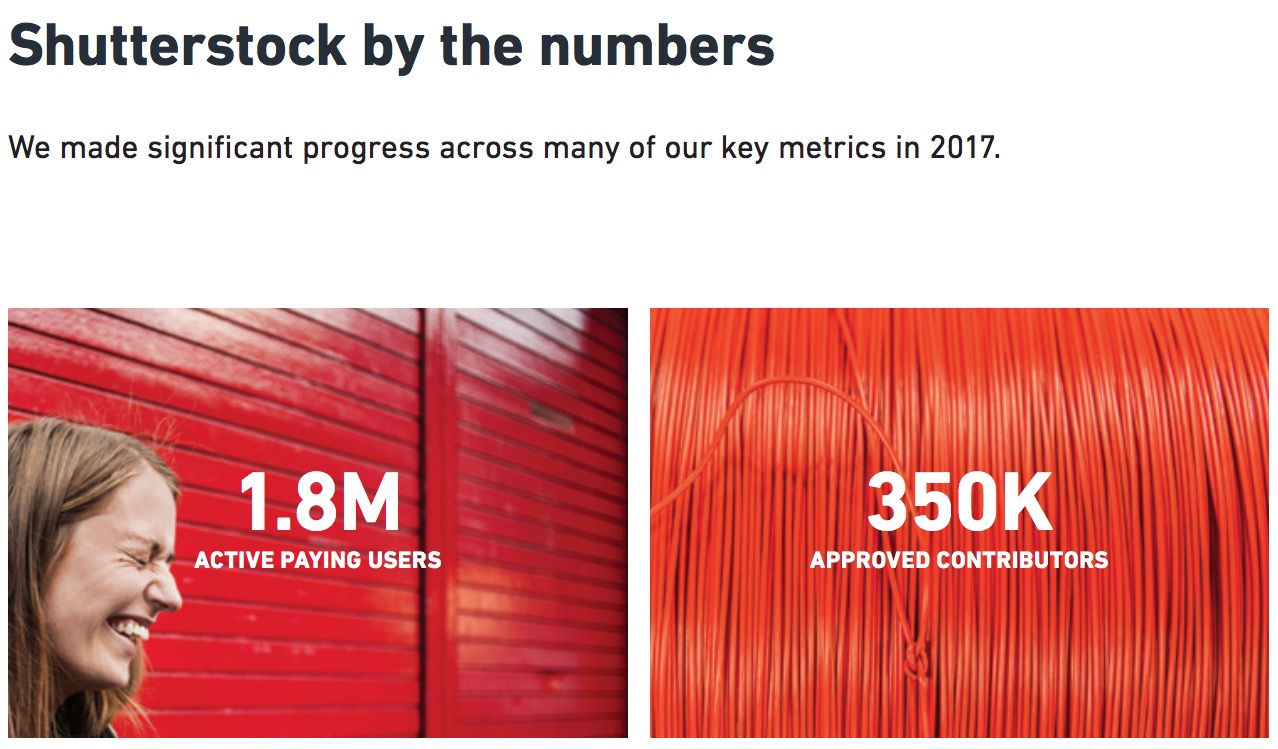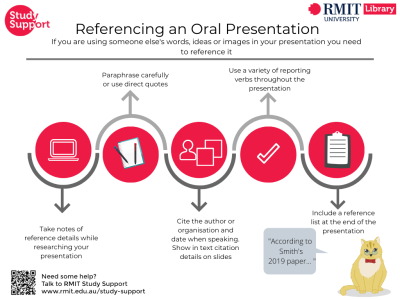If you’ve ever wondered whether you can turn your photography or design skills into a steady income, Shutterstock might just be the platform for you. As one of the largest stock content marketplaces, it offers countless opportunities for creators to showcase their work and earn money. Whether you’re a seasoned professional or just starting out, understanding how much you can earn and what factors influence your income is key. In this post, we’ll explore the ins and outs of earning money on Shutterstock, from the basics of their revenue model to tips on maximizing your earnings.
Understanding Shutterstock’s Revenue Model for Contributors

Shutterstock‘s revenue model for contributors is designed to reward creators based on the number of downloads their content receives and the contributor’s overall earnings level. Here’s a breakdown of how it works:
- Royalty Rates: Shutterstock pays contributors through a royalty system. The more downloads your content gets, the higher your royalty rate can become. Rates typically range from 15% to 40% of the download price, depending on your contributor level and licensing type.
- Contributor Levels: Shutterstock has a tiered system—starting from New Contributor and moving up to Elite Contributor. As you earn more, you unlock higher royalty rates and additional bonuses.
- Payment Structure: Payments are made monthly once you reach the minimum payout threshold, which is generally $35. The payout can be received via PayPal or bank transfer, depending on your location and preference.
- Types of Content and Licensing: Shutterstock offers Standard and Extended licenses. Standard licenses are more common and generate standard royalties, while Extended licenses may offer higher earning potential for specific uses.
It’s also worth noting that some content types, like vectors and illustrations, might have different earning potentials compared to photographs. Additionally, Shutterstock occasionally runs promotions or offers special licensing deals, which can influence your earnings.
In essence, your earning potential is directly tied to the popularity and demand for your content. Consistently uploading high-quality, relevant images or designs can help you climb the contributor levels and earn more. Keep an eye on your analytics dashboard to understand which types of content perform best and tailor your future submissions accordingly.
Factors Influencing Your Earnings as a Shutterstock Contributor

When it comes to earning money on Shutterstock, there’s no one-size-fits-all answer. Your income depends on a mix of factors, some within your control and others shaped by the platform’s policies and market demand. Understanding these elements can help you optimize your contributions and maximize your earnings.
First and foremost, the quality of your images plays a big role. High-resolution, well-composed, and relevant images tend to perform better and attract more downloads. Shutterstock values images that meet professional standards, so investing time in perfecting your photography or design skills can pay off.
Next, your portfolio size matters. The more high-quality images you upload, the greater your chances of earning. Think of it like building a digital storefront — the bigger and more diverse your catalog, the more potential customers you can reach.
Another significant factor is keywording and metadata. Properly tagging your images with relevant keywords helps buyers find your work easily. Using specific, accurate tags increases visibility and, consequently, downloads.
Subscription plans vs. on-demand sales also influence your earnings. Shutterstock primarily offers subscription-based downloads, where customers pay a monthly fee for access to a large library of images. Contributors often earn a percentage based on download volume. On-demand sales, where customers pay per image, usually yield higher royalties but might be less frequent.
Furthermore, your contributor level and reputation can impact earnings. As you submit more content and consistently meet quality standards, Shutterstock may offer you higher payout tiers or additional promotional opportunities.
Finally, market demand and trending topics can influence your income. Images related to current events, popular themes, or niche markets often see higher download rates. Staying current and uploading timely content can give you an advantage.
In summary, your earnings are shaped by a combination of image quality, portfolio size, keywording strategy, sales type, reputation, and market trends. By focusing on these areas, you can increase your potential income on Shutterstock and build a sustainable income stream as a professional contributor.
Average Income for Professional Shutterstock Contributors

So, what can you realistically expect to earn as a professional contributor on Shutterstock? The truth is, earnings vary widely depending on several factors like portfolio size, image quality, and how actively you upload. However, understanding the average can give you a ballpark idea of what’s achievable.
Beginners or occasional contributors might see earnings ranging from $0.25 to $1.00 per download. If you’re just starting out and uploading a handful of images, your monthly income could be modest — maybe a few dollars to a couple of hundred dollars.
Intermediate contributors with a more substantial portfolio — say, a few hundred images — often make between $50 to $300 per month. This depends on how many images are popular and how frequently you upload new content.
Professional contributors who have built large, high-quality portfolios, optimize their keywords, and stay active tend to earn several hundred to thousands of dollars per month. Some top creators earn between $1,000 and $10,000 or more monthly. These earning figures are not guaranteed but reflect the potential for serious income with consistent effort and quality work.
| Contributor Level | Estimated Monthly Earnings |
|---|---|
| Beginner / Occasional | $0 – $200 |
| Intermediate | $50 – $300 |
| Professional / Top Contributor | $1,000 – $10,000+ |
Keep in mind that these figures are approximate and can fluctuate based on market demand, seasonal trends, and how much effort you put into optimizing your portfolio. The key takeaway is that while many contributors earn a modest supplemental income, dedicated professionals with large, high-quality portfolios can generate significant earnings over time.
Ultimately, your earning potential on Shutterstock hinges on your commitment, skill level, and strategy. With persistence and a focus on quality, you can turn your creative efforts into a steady income stream — and maybe even turn your passion into a full-time career.
Tips to Maximize Your Earnings on Shutterstock
If you’re serious about boosting your income on Shutterstock, a few smart strategies can make a big difference. Think of it like optimizing your craft—more quality and relevance often mean more sales. Here are some practical tips to help you get the most out of your Shutterstock journey.
1. Focus on Quality, Not Just Quantity
While uploading lots of images might seem like a good idea, quality always wins in the long run. High-resolution, well-composed, and unique images tend to perform better in searches. Take your time to edit and refine your photos or vectors before submitting. Remember, buyers are looking for professional work that stands out.
2. Use Relevant Keywords Strategically
Keywords are the main way buyers find your work. Use accurate, descriptive tags that reflect the content, mood, setting, and subject of your images. Avoid keyword stuffing—be specific and relevant. Think about what a buyer searching for your type of image might type in, and incorporate those terms naturally.
3. Keep Up with Trends
Stay current with popular themes, colors, and styles. For example, if minimalist design or vibrant colors are trending, consider creating content that aligns with those trends. Shutterstock’s trending page and industry blogs can give you insights into what buyers are currently after.
4. Diversify Your Portfolio
Don’t put all your eggs in one basket. Upload a variety of image types—photos, vectors, illustrations, and videos. This broadens your appeal and opens up more opportunities for sales across different niches and buyer needs.
5. Regularly Update and Refresh Your Portfolio
Consistently adding new content keeps your portfolio active and visible. Shutterstock favors active contributors, and fresh uploads can boost your visibility in search results. Revisit older images to improve quality or add new keywords if needed.
6. Participate in Shutterstock Contributor Community
Engage with other contributors through forums and social media. Sharing experiences, tips, and feedback can help you learn new techniques and stay motivated. Sometimes, collaborations or community challenges can also bring new exposure.
Challenges and Considerations for Shutterstock Sellers
While earning on Shutterstock can be rewarding, it’s not without its challenges. Understanding these hurdles beforehand can help you develop better strategies and set realistic expectations.
1. Competition Is Intense
With millions of contributors worldwide, standing out can be tough. High-quality work, strategic keywording, and consistent uploads are essential to get noticed. Remember, even talented photographers and designers face stiff competition daily.
2. Income Variability
Your earnings can fluctuate month-to-month based on market demand, trends, and seasonal factors. Sometimes, even a great portfolio might see slow periods. It’s essential to diversify income sources and not rely solely on Shutterstock.
3. Licensing and Usage Restrictions
Understanding Shutterstock’s licensing options (Standard vs. Enhanced) is crucial. Buyers’ needs vary, and the licensing terms can impact your earnings. Make sure you’re comfortable with how your work can be used and the associated payout rates.
4. Content Quality and Consistency
Maintaining high standards consistently can be demanding. Quality control, editing, and keeping up with trends require time and effort. Poorly submitted images can be rejected or perform poorly, affecting your overall earnings.
5. Copyright and Model/Property Releases
Using images with recognizable people, private property, or copyrighted elements requires proper releases. Failing to secure or upload these can limit your sales potential or lead to legal issues. It’s an extra step but an important one.
6. Staying Compliant with Shutterstock Policies
Shutterstock has strict guidelines about content quality and originality. Violating these policies can lead to account suspension or removal of your images. Regularly reviewing their contributor guidelines ensures you stay compliant and avoid setbacks.
In summary, while there are challenges, being aware and proactive can help you navigate the world of Shutterstock more successfully. Patience, persistence, and continual learning are your best tools in building a sustainable income as a contributor.
Conclusion and Final Thoughts on Shutterstock Income Potential
Determining how much money you can earn as a professional contributor on Shutterstock depends on several factors, including your skill level, the quality and quantity of your submissions, and your ability to stay consistent with your uploads. While some top contributors earn a substantial income that can supplement or even replace their primary income, many others see more modest returns. It’s important to set realistic expectations and understand that success on Shutterstock often requires time, dedication, and strategic content creation.
Here are some key points to keep in mind:
- Income varies widely: Top earners can make thousands of dollars monthly, while beginners might earn only a few dollars initially.
- Passive income potential: Once your images are accepted and available for sale, they can generate earnings over time without additional effort.
- Quality over quantity: High-quality, niche-specific images tend to sell better and can boost your earnings.
- Market trends: Staying updated with current demand and trends can enhance your sales opportunities.
In conclusion, Shutterstock offers a viable platform for earning income through your creative work, but it requires strategic effort and patience. Building a successful portfolio and understanding the market dynamics are essential steps toward maximizing your earning potential on the platform. Ultimately, with persistence and skill development, Shutterstock can be a rewarding source of income for passionate content creators.


